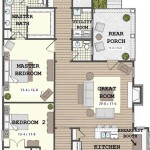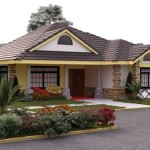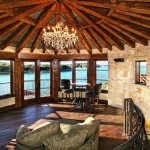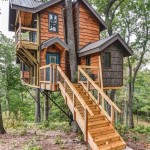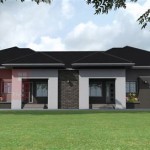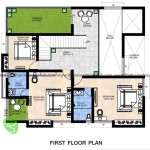Essential Aspects of Glass House Floor Plans
Glass houses have become increasingly popular in modern architecture due to their sleek design, abundant natural light, and connection to the outdoors. When designing a glass house, choosing the right floor plan is crucial to optimize functionality and enhance the overall aesthetic appeal. Here are some essential aspects to consider when creating a glass house floor plan:
1. Orientation and Natural Light
Carefully consider the orientation of the house to maximize natural light and reduce heat gain. Position the large glass windows and doors facing north or south to allow ample sunlight throughout the day while minimizing direct sunlight in the summer months. This orientation helps create a comfortable and energy-efficient living space.
2. Privacy and Views
Ensure privacy by strategically placing windows and doors to avoid direct views into private areas of the house. Landscape features, such as trees or shrubs, can also be used to provide privacy while maintaining a connection to the outdoors. Consider the surrounding environment when choosing window treatments to control light and visibility as needed.
3. Functionality and Flow
Pay attention to the functional flow of the house, ensuring smooth transitions between different areas. The floor plan should be designed to create a natural progression from one room to another, fostering a sense of spaciousness and openness. Consider the placement of furniture, appliances, and fixtures to maximize functionality and minimize obstacles.
4. Connection to Outdoors
One of the key benefits of glass houses is their seamless connection to the outdoors. Integrate outdoor living spaces into the floor plan by incorporating patios, decks, or terraces that extend the living area. Large sliding glass doors or floor-to-ceiling windows provide easy access to these outdoor spaces, blurring the boundaries between indoor and outdoor environments.
5. Natural Ventilation
Cross-ventilation is essential for maintaining a comfortable indoor environment in glass houses. Design the floor plan to allow ample airflow by placing windows and doors on opposite sides of the house. This creates a natural air circulation that helps regulate temperature and reduce reliance on artificial cooling or heating systems.
6. Privacy vs. Openness
Strike a balance between privacy and openness in the floor plan. While large glass windows provide stunning views and natural light, it's important to create private spaces for occupants. Consider incorporating discreet partitions, curtains, or blinds to control visibility and maintain a sense of privacy when desired.
7. Structural Support
Due to the extensive use of glass, structural support is a critical aspect of glass house floor plans. The framework and foundation must be carefully designed to withstand the weight of the glass and ensure the structural integrity of the building. Consult with an experienced architect or engineer to determine the appropriate support system for your specific design.
8. Energy Efficiency
To enhance energy efficiency in glass houses, consider using energy-efficient glazing, such as double- or triple-paned windows with low-emissivity coatings. Proper insulation and air sealing strategies are also crucial to prevent heat loss or gain through the glass surfaces. Incorporating passive solar design techniques can further optimize energy consumption.

Must Know Modern Homes The Glass House

Plan Glass House From Johnson 1950 157 As Reprinted In Writings Scientific Diagram

Glass House

House For Building Philip Johnson Glass

Ad Classics The Glass House Philip Johnson Archdaily

Prefabricated Glass House By Revolution Precrafted Inhabitat Green Design Innovation Architecture Building

Glass House By Philip Johnson

Glass House 50 Log Cabin Tiny Floor Plans

Glass House New Canaan Connecticut Philip Johnson 1949 Source Scientific Diagram

The Doonan Glasshouse Sarah Waller Design Archdaily


